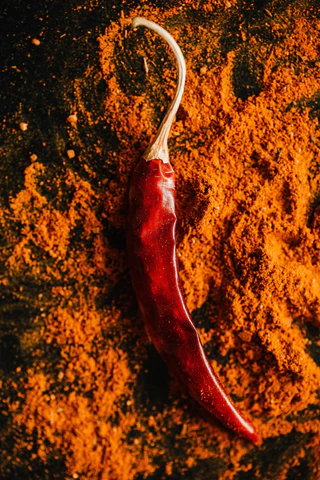- No. 268 Xianghe Street, Economic Development Zone of Xingtai city, Hebei 054001 China
- Byron@hbhongri.cn
Exploring the Process and Quality of Manufacturing Pure Paprika at Specialized Factories.
The World of Pure Paprika Factories
Paprika, a vibrant spice derived from the dried fruits of Capsicum species, is beloved for its rich color and unique flavor profile. It adds depth to numerous dishes, making it a staple in kitchens worldwide. However, the quality of paprika greatly depends on the production process, which is where pure paprika factories come into play. These facilities are dedicated to the cultivation, processing, and packaging of high-quality paprika, ensuring that consumers receive a product that is not only flavorful but also pure.
The Cultivation of Paprika
The journey of pure paprika begins in the fields, where growers cultivate specific varieties of peppers known for their exceptional flavor and color. The most renowned paprika peppers, such as the Hungarian and Spanish varieties, are carefully nurtured under optimal conditions, ensuring they reach their peak ripeness. Factors like climate, soil quality, and farming techniques significantly influence the final product.
Once the peppers are harvested, they must be dried promptly to preserve their vibrant colors and rich flavors. In pure paprika factories, this drying process is meticulously controlled. The peppers are often air-dried or dehydrated using advanced techniques to prevent any loss of essential oils and flavors. The drying phase is critical, as it not only impacts the color but also the intensity of the spice, distinguishing high-quality paprika from inferior products.
The Processing Phase
After drying, the peppers are transported to pure paprika factories where the processing begins. This stage involves removing stems and seeds, which can contribute to bitterness if included in the final product. The remaining dried peppers are then ground into a fine powder. This is where the expertise of the factory comes into play; the grinding process must be regulated to achieve the desired texture without overheating, which could degrade the flavor.
Moreover, the factories often categorize paprika into different grades based on color, flavor intensity, and aroma. For instance, sweet paprika is mild and vibrant red, while smoked paprika carries a distinct flavor that adds depth to dishes. Pure paprika factories take pride in their ability to produce these various grades, catering to a wide range of culinary needs.
pure paprika factories

Quality Control and Standards
In a market inundated with synthetic additives and low-quality imitations, pure paprika factories emphasize quality control. Rigorous testing is conducted at multiple stages of production to ensure that the paprika remains free from contaminants and adheres to food safety standards. This includes checking for pesticide residues, aflatoxins, and ensuring the spice's authenticity. Many factories also implement traceability systems, allowing consumers to trace their paprika back to the farm where it was grown.
Packaging and Distribution
Once the paprika has been processed and approved for quality, it is packaged for distribution. Pure paprika factories often use airtight packaging to ensure the spice stays fresh for longer periods. They also consider the ecological impact of their packaging choices, opting for recyclable materials whenever possible.
The final stage involves shipping the product to wholesalers, retailers, and ultimately, consumers. This wide-reaching distribution network ensures that individuals around the globe can enjoy the vibrant taste and color of pure paprika, enhancing their culinary creations.
Conclusion
Pure paprika factories play an essential role in the spice industry, ensuring that consumers have access to high-quality, authentic paprika. From careful cultivation and processing to stringent quality control measures, these facilities embody the dedication and expertise required to produce a spice that not only elevates flavors but also reflects the cultural heritage of the regions where it is produced. As the spice continues to gain popularity worldwide, the importance of maintaining purity and quality in paprika production cannot be overstated, making the work of these factories vital to the culinary landscape.
-
The Versatile Uses and Benefits of Capsicum Frutescens Oleoresin and ExtractsNewsJun.03,2025
-
Paprika&Chili Products Enhancing Flavor and Wellness in Every BiteNewsJun.03,2025
-
Paprika Extract and Capsicum Applications in Food and IndustryNewsJun.03,2025
-
Exploring the Benefits and Uses of Turmeric Powder and Curcumin ExtractNewsJun.03,2025
-
Discover the Bold Flavor of Premium Chilli Powder from ChinaNewsJun.03,2025
-
Capsicum Oleoresin Extract: A Potent Natural Ingredient in Modern ApplicationsNewsJun.03,2025







